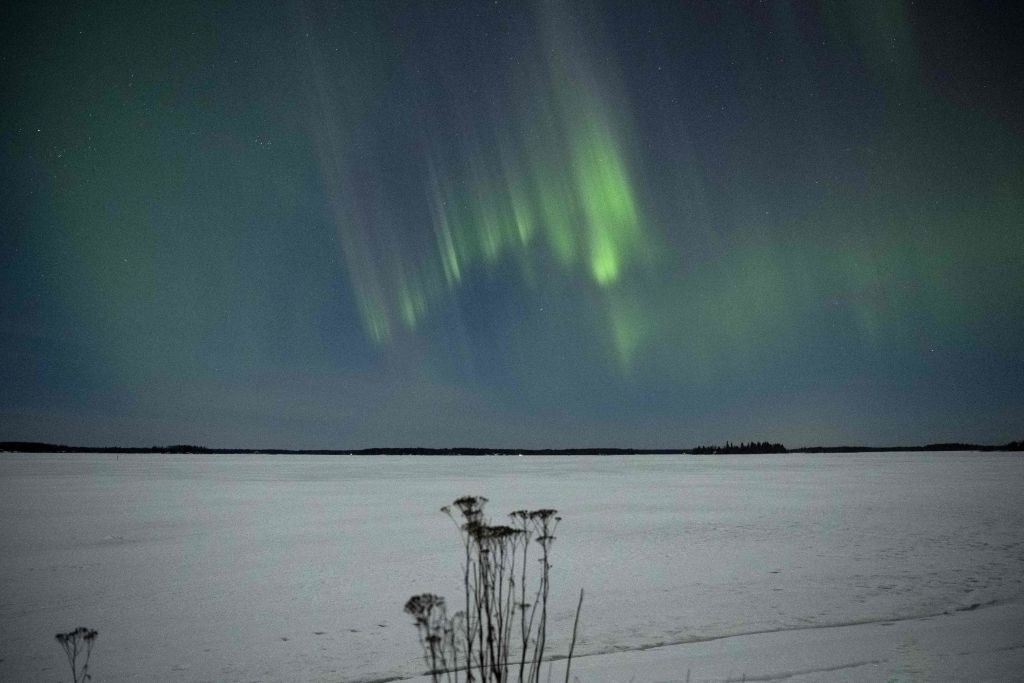Finland set for spectacular weekend of Northern Lights activity

A series of strong solar flares will reach Earth over the weekend, likely causing massive geomagnetic storms and Northern Lights visible throughout Finland.
Over the past few days, the Sun has experienced several strong solar flares and eruptions of its corona – the gas ring surrounding the Sun, which is predicted to cause rare geomagnetic activity on Earth.
According to the Finnish Meteorological Institute’s forecast, the probability of Aurora Borealis over the weekend is high and the Northern Lights are likely to be visible throughout Finland.
Several mass ejections in a row are rare
On Friday, the Finnish Meteorological Institute’s (FMI) space weather forecast reported four solar coronal mass ejections. The first of these is expected to hit as early as Friday night and could cause a powerful geomagnetic storm.
Coronal mass ejections (CMEs) are large clouds of solar plasma ejected from the sun, often accompanied by a solar flare of X-rays.
Although CME’s happen over a period of time, the first three may combine with the others, which occurs when faster-moving CMEs overtake and coalesce with other slower-moving ones. They could then hit Earth at the same time and further intensify their geomagnetic impact.
According to FMI, single strong flares and mass ejections are not uncommon, but their occurrence within such a short period of time is less common.
“The last time there were five major, or so-called X-class, outbursts in two days was in 2017, and the last time before that was in 2005,” Ilja Honkonen, a researcher at the Finnish Meteorological Institute, told Yle.
Geomagnetic storm may cause interference with positioning
Large geomagnetic disturbances or storms typically last a couple of days, according to FMI. If there are several mass ejections in a row, the magnetically disrupted period can last for up to a week without interruption.
Honkonen says that at this stage it is still difficult to predict how strong a storm the eruptions will eventually become. He says a strong, or G3-class, storm looks likely over the weekend. Geomagnetic storms of this strength can cause intermittent disruptions to satellite positioning.
According to Honkonen, there is an estimated 10-20 percent chance of an extremely strong G5-class storm, which can cause problems with electricity supply.
Honkonen adds that Finland’s electricity distribution network withstands geomagnetic storms better than other countries due to, among other things, transformers that tolerate space weather well.
Related stories from around the North:
Canada: What are the northern lights?, CBC News
Finland: Finland sees spectacular Northern Lights show on Sunday, more promised on Monday, Yle News
Greenland: Evidence of powerful solar storm which occurred 2,600 years ago found in Greenland ice, CBC News
Norway: NASA and Norway to develop observation station in Arctic, The Independent Barents Observer



